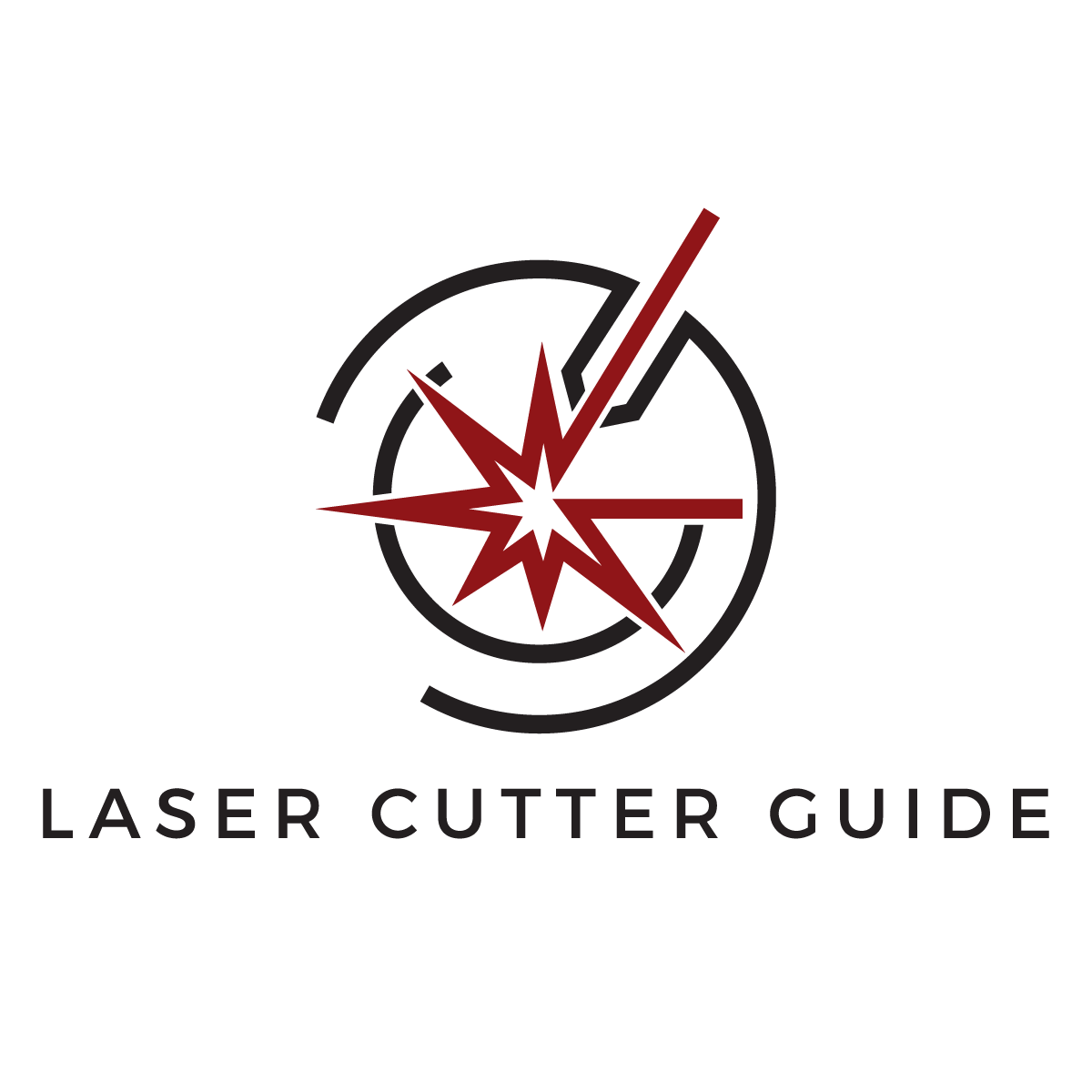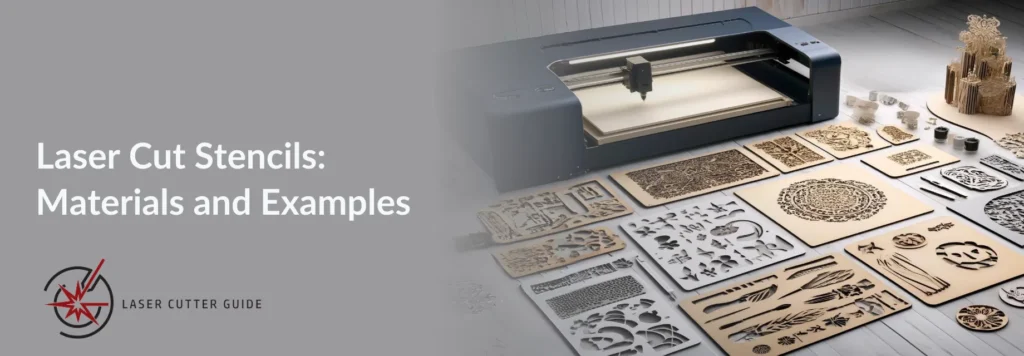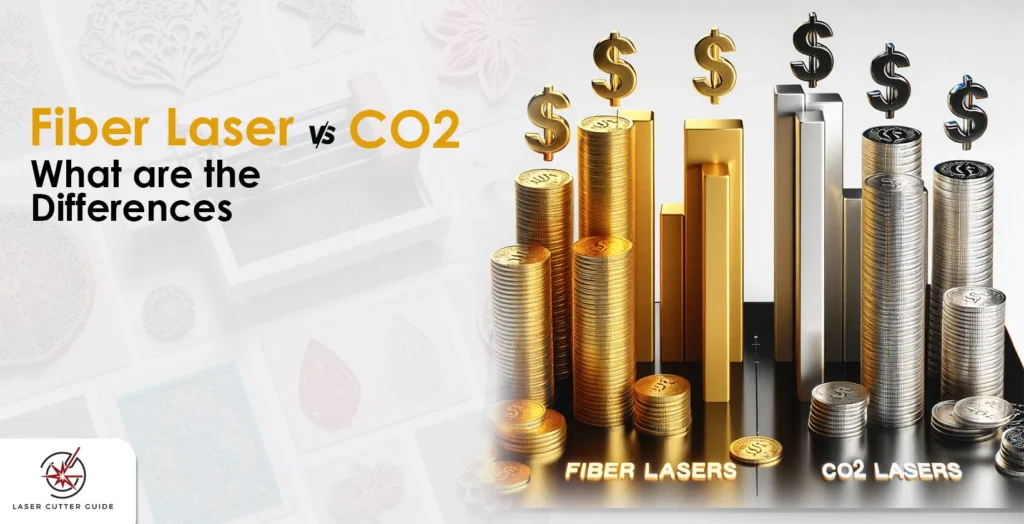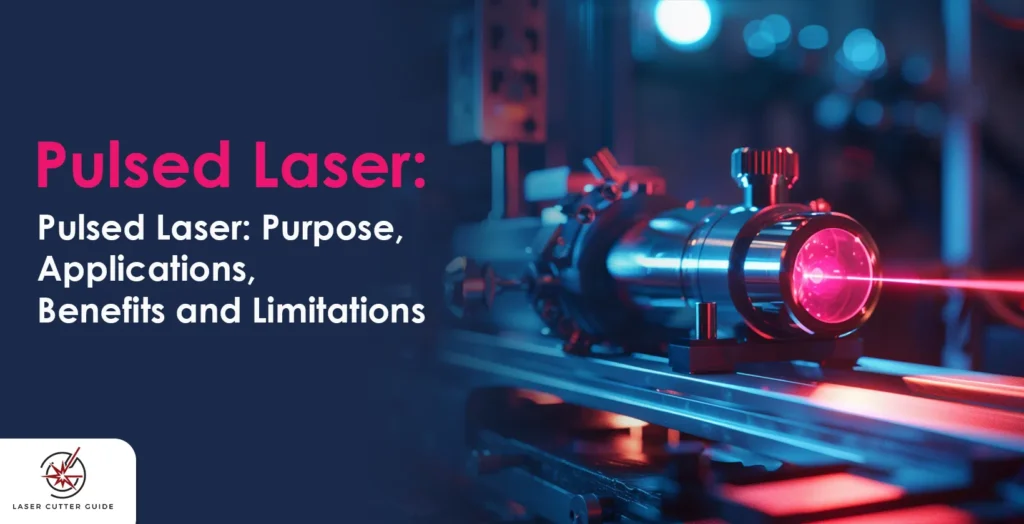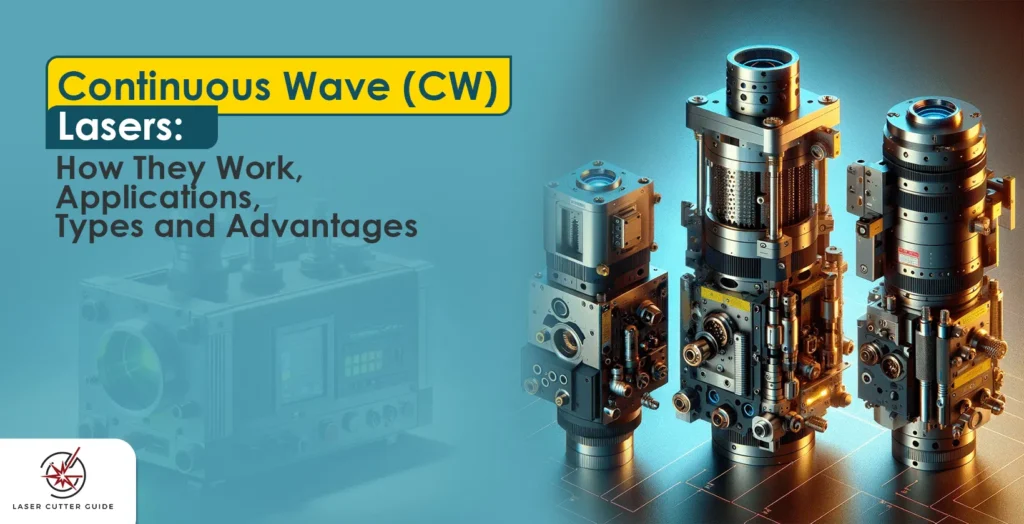Our Latest Posts
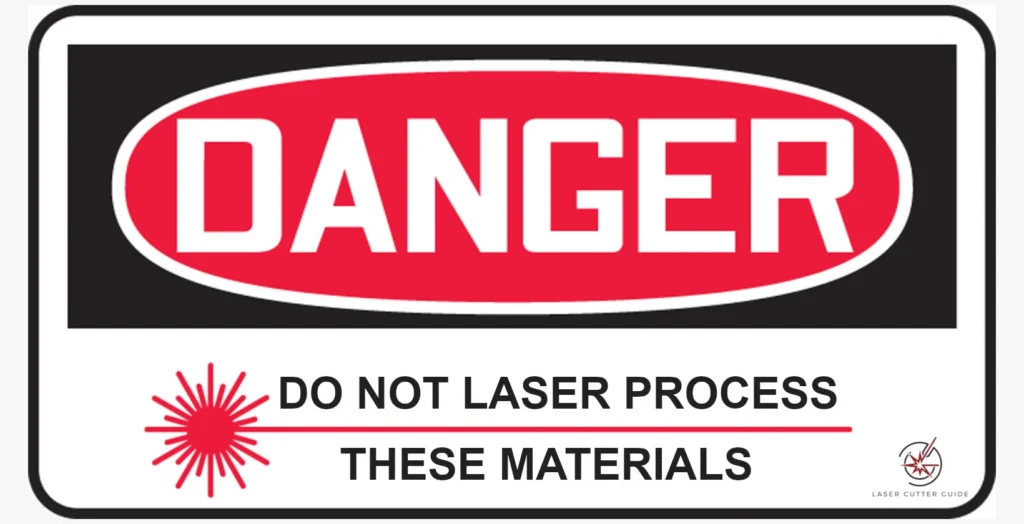
10 Bad Materials to Avoid for Laser Cutting
10 Bad Materials to Avoid for Laser Cutting” refers to the harmful materials that are not suitable for laser cutting due to various reasons, such as safety hazards, potential damage to the laser cutting machine, or poor cut quality. 10 Bad Materials to Avoid for Laser Cutting release toxic gases that produce excessive smoke or debris, reflect the laser beam, or pose a fire risk when subjected to laser cutting. One must be aware of the risks associated with certain materials for laser cutting when selecting laser-cutting materials. Materials such as PVC, polystyrene, and coated metals are considered harmful materials because they release toxic gases such as hydrochloric acid and styrene when subjected to laser cutting. These emissions pose significant health risks to humans and wildlife and contribute to environmental pollution. The decomposition of these materials under the laser’s intense heat leads to the formation of secondary pollutants, worsening air
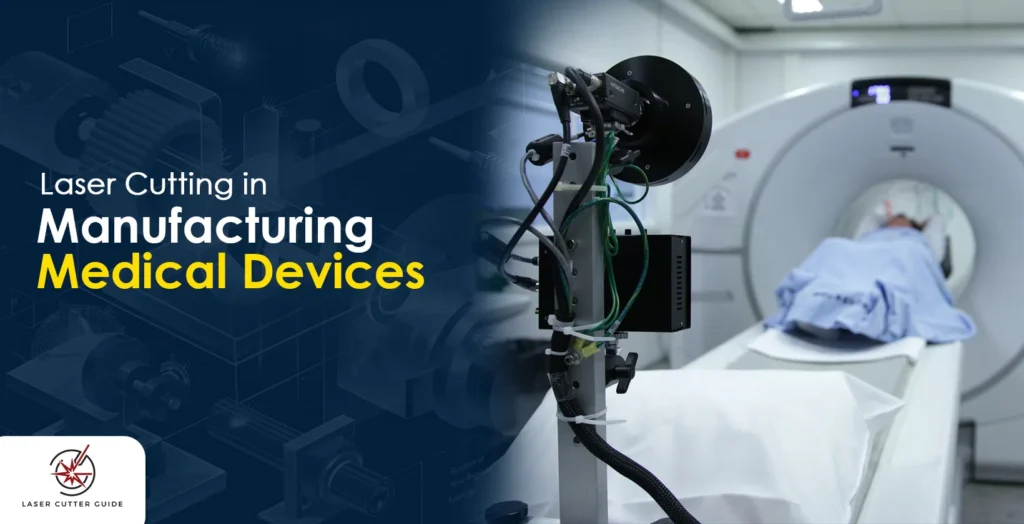
Laser Cutting in Manufacturing Medical Devices
Laser cutting in medical device manufacturing is commonly used because of its effectiveness, precision, and versatility. Medical device manufacturers widely utilize laser-cutting machines to accurately fabricate complex components and devices. These technologies precisely shape and customize medical equipment to meet individual patient needs, using a focused laser beam to cut through various materials, including metals, polymers, and ceramics. The manufacturing process often incorporates laser engraving to imprint medical equipment with permanent identifiers and markings, ensuring traceability and compliance with regulatory standards. Laser cutting is instrumental in producing medical devices such as valve frames, flexible shafts, vascular clips, and cardiac stents. Its capability to create intricate components with tight tolerances makes laser cutting ideal for generating complex geometries and features required in medical devices. It is employed to precisely cut materials to prevent deformation during manufacturing processes and to accurately cut tubes used in catheters and other medical devices. The precision
Semiconductor Lasers: How They Work, Applications, Types, and Developments
A semiconductor laser stimulates light emission to produce coherent light using a semiconductor material as the active medium. Semiconductor lasers work on the principle of the semiconductor laser, which involves leveraging a semiconductor material, often a p-n junction diode, where injected current induces photon emission. Light is released due to the recombination of electrons and holes at the junction. The semiconductor used for the laser’s production determines critical characteristics such as bandgap energy and doping levels, influencing the wavelength and efficiency of emitted light. These lasers are useful instruments for various applications because of their benefits, which include efficiency, compact size, and direct modulation capabilities. Several types of semiconductor lasers are designed for unique applications. Laser diodes that emit light perpendicular to the surface of a semiconductor are widely used in laser printing and telecommunication. VCSELs, or vertical-cavity surface-emitting lasers, are widely used in optical interconnects and 3D sensing applications.

8 Industrial Applications of Laser Cutting
Industrial applications of laser cutting encompass a broad spectrum of industries, showcasing the precision and adaptability of the technology. Manufacturers in various sectors, from aerospace engineering to the automobile industry, leverage laser cutting machines to craft components with unparalleled precision and efficiency. In the automobile sector, laser cutting is pivotal for producing complex body panels, exhaust systems, and chassis parts. Similarly, in the aerospace industry, it plays a crucial role in fabricating light yet strong airplane components such as body panels, engine parts, and turbine blades. Advanced laser technology is employed in laser cutter operations, providing precise cutting capabilities. These devices achieve material cuts with minimal distortion by focusing a concentrated laser beam onto the material’s surface, heating it until it melts or vaporizes. To ensure desired cutting outcomes, several factors, including laser power, focus, and speed, are meticulously managed. This technique enables industrial manufacturers to realize complex shapes, maintain
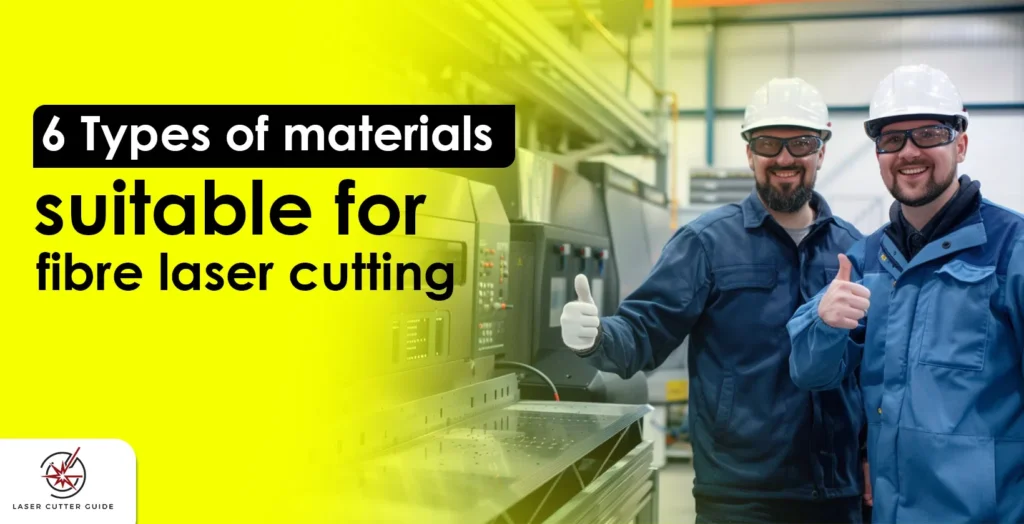
6 Types of Materials Suitable for Fiber Laser Cutting
Fiber laser cutting is capable of cutting several materials. Stainless steel, known for its corrosion resistance and robustness, is suitable for applications requiring endurance and hygiene among fiber laser cutting materials. Fiber lasers efficiently and precisely cut carbon steel, a commonly used material. In the automotive and aerospace industries, fiber lasers are used to cut aluminum, which is lightweight due to its density. For architectural purposes, fiber lasers cut brass, an attractive alloy. Copper, ideal for industrial use because of its high electrical and thermal conductivity, can also be cut with fiber lasers. Furthermore, fiber lasers can precisely cut titanium, used in aerospace and medicine for its strength and corrosion resistance. In many industrial applications, fiber lasers cut these materials, ensuring high-quality, efficient results. A fiber laser cutter is a specific type of laser cutting machine that utilizes fiber optic technology to produce a highly accurate laser beam for cutting
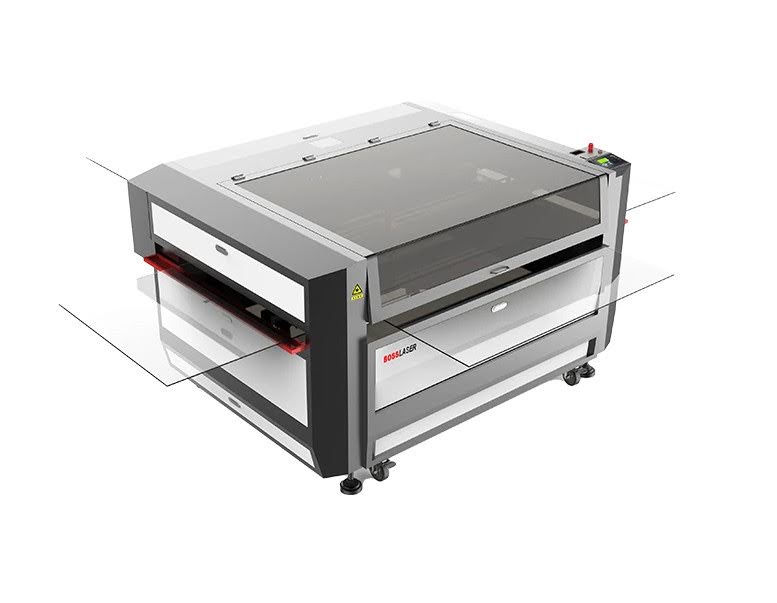
16 Cheapest Laser Cutters and Engravers
Cheap laser cutters are commonly used in educational institutions, maker spaces, and workshops, offering a cost-effective way for students and learners to gain hands-on experience with laser cutting technology. They serve the needs of small businesses and startups that require occasional laser cutting capabilities without the need for a substantial investment. It provides an accessible entry point for individuals and businesses looking to explore laser cutting and engraving, despite not having the same level of precision and compatibility with all materials as higher-end machines. Listed below are the 16 cheapest laser cutters and engravers. 1. Glowforge The Glowforge is a user-friendly desktop laser cutting and engraving machine that utilizes a CO2 laser to cut and engrave a wide range of materials. Glowforge is accessible for both beginners and experienced users with its compact design and intuitive interface. It creates intricate designs and precise cuts on materials such as wood, acrylic,

10 Maintenance Tips for Laser Cutters
Effective maintenance significantly extends the lifespan of a laser cutter and optimizes its performance, leading to cost savings through reduced need for component replacements. Laser-cutting processes generate fumes, smoke, and debris, thus accumulating dirt within the machine and its accessories. This build-up can cause malfunctions and overheating, disrupting business operations. Timely, straightforward care minimizes these issues, reducing fire risks linked to overheating and poor maintenance. Regular maintenance is thus essential for preventing avoidable issues and maintaining a safe, efficient laser cutting environment. Performance of a laser cutter is influenced by several factors: power, speed, the cutting process, precision of transmission components, laser generator beam quality, and fiber core diameter. Power settings are crucial for cutting quality, requiring a balance to avoid melting or inadequate cuts. Speed is also vital, affecting cut smoothness and preventing over-melting. The cutting process, enhanced by the operator’s expertise and precise programming, is vital for achieving
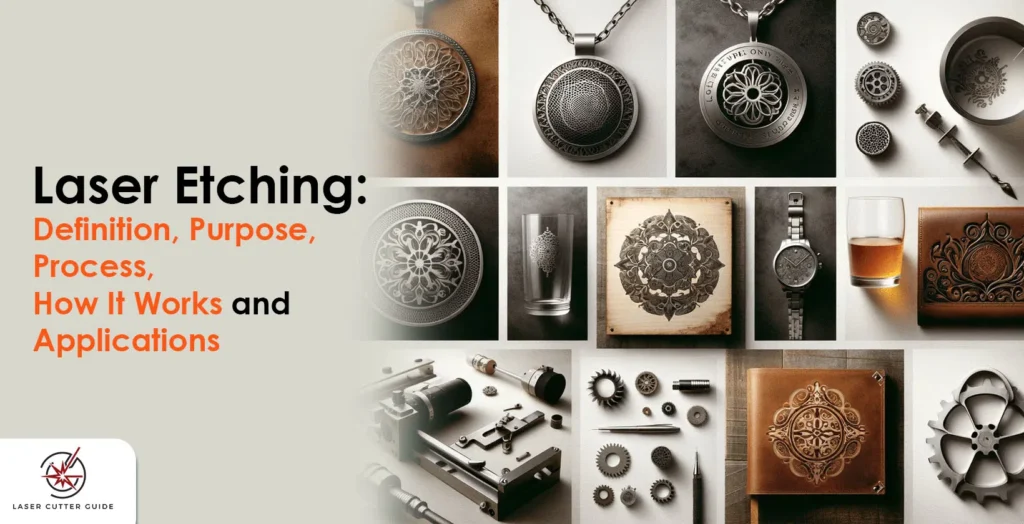
Laser Etching: Definition, Purpose, Process, How It Works and Applications
Laser etching is a process that utilizes a higher powered laser beam to remove material from a surface, leaving permanent patterns or designs. Laser etching is a flexible and exact method that is frequently used in many applications. A concentrated laser beam is employed to heat a specific point on the material significant enough to cause the material to melt or vaporize. The laser beam’s small spot size can precisely and finely engrave the desired pattern or text as it passes across the surface. The purpose of laser etching is to generate permanent markings on various materials such as metals, polymers, glass, wood, ceramics and even metal. The markings are permanent and used for branding, personalization, identification, ornamentation, and traceability, among other things. Laser etching is highly durable and long-lasting since the marks are resistant to fading, wear, and corrosion. It is a non-contact process, so there is little circumstance

Laser Texturing: Definition, How It Works, Applications and Benefits
Laser texturing is the process of utilizing laser technology to change the consistency and texture of a material’s surface to alter or convert its surface qualities. Known as laser ablation the laser beam creates micropatterns on the material’s surface, removing layers with micrometer accuracy and repeatability. Laser texturing is a highly precise and versatile technique that is applied to various materials such as metals, plastics, ceramics, and composites. The most frequent patterns are free shapes, grooves, and dimples. Laser texturing is a thorough process that involves several steps, which begins with surface preparation, where the material is cleaned and pre-treated to optimize texture formation. It is followed by design and programming, where digital design or patterns are created and programmed into the laser system. Laser parameters identification is the next step, considering factors including material type and the desired texture, to achieve the desired surface effects. The laser beam is
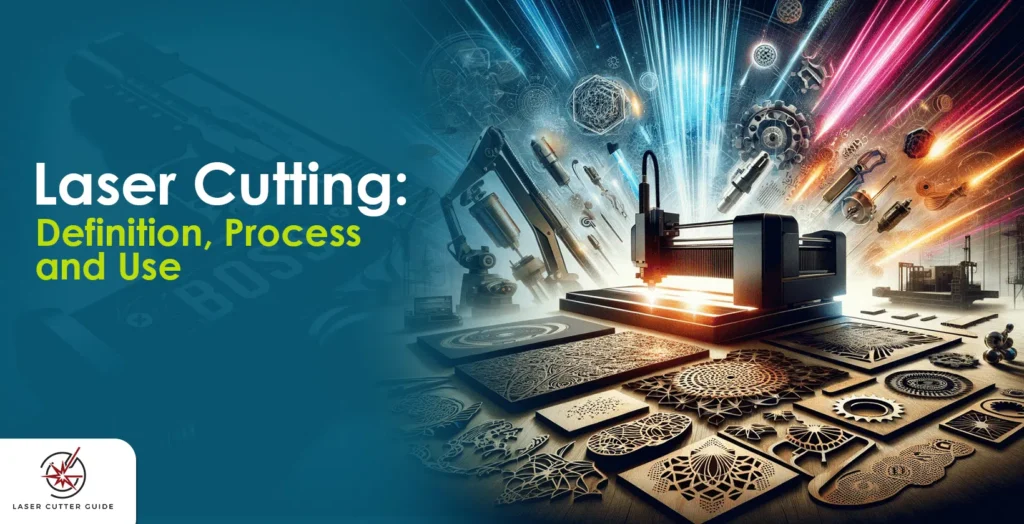
Laser Cutting: Definition, Process and Use
Laser cutting is a process where a strong laser beam is used to carve designs into various materials. The method is most common in large-scale manufacturing, but it has additionally come into use in the area of commerce, education, and recreation. A laser cutter is a machine that uses such equipment to cut material precisely by focusing and directing a laser beam. The laser is a device that generates a beam of light that is both spatially and temporally coherent. It enables the beam of light to be concentrated to a small area with a high energy density, which then to be used for cutting or engraving. Lasers’ power and accuracy have made them useful in many different areas, from manufacturing to medical procedures. What is laser cutting? The term “laser cutting” refers to the non-contact subtractive manufacturing technique in which a laser is used to cut materials. A high-power
